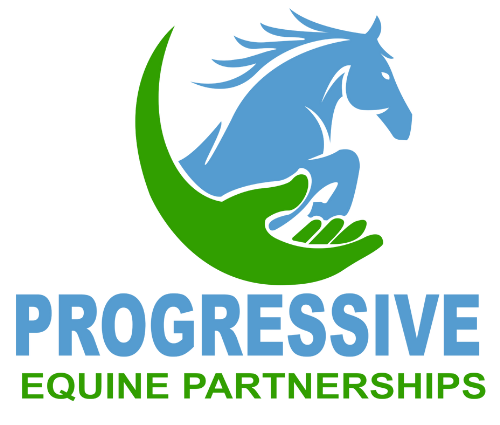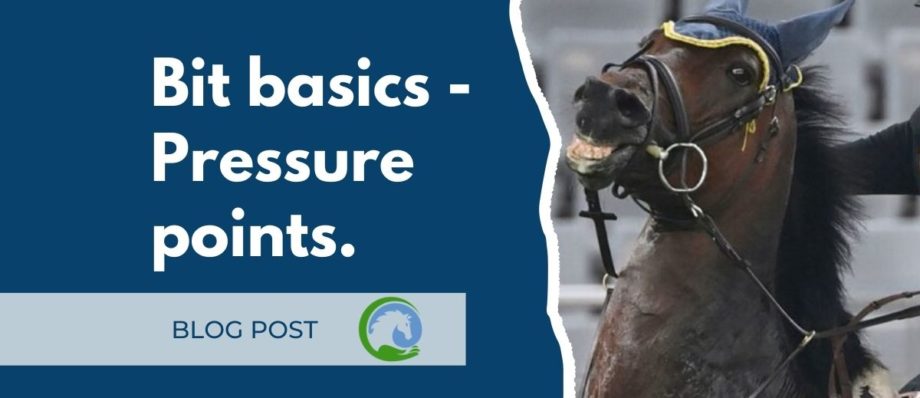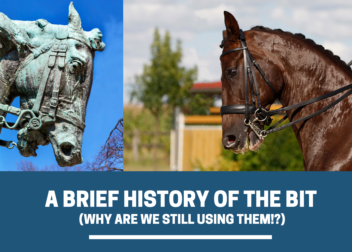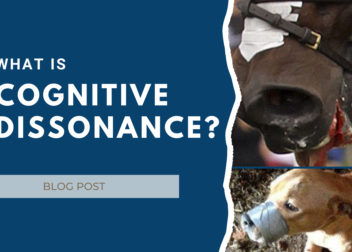Biting – pressure points (do you know how your horses bit works?)
When thinking about bit basics we must be aware of the structure of the horses face and the pressure points that effect the horse when pressure is applied. The shape of the head, depth of the mouth, thickness of the lips and tongue, height of the roof and position of the curb grove are all things that influence how the bit works and how the horse might respond.
The tongue

The horses tongue is a large, muscular organ made up of a complex arrangement of blood vessels, nerves and distinct muscles that control the movement of the tongue when feeding and breathing. It is highly sensitive and reacts to a range of stimuli including heat, pressure, pain and taste. When a horse’s tongue is relaxed, it sits on the floor of the mouth, resting gently below the hard palate of the mouth’s roof. In normal circumstances the tongue will lie in the centre of the mouth between the lower teeth.
The tongue is attached to the lower jaw by a membrane called the lingual frenulum which plays a vital role in chewing and swallowing. The back of the tongue is attached to the hyoid bones that also connect to the jaw. These are then connected to a group of muscles that extend to the sternum, shoulder and forelegs. Amazingly these muscles then extend even further into the breast, pectoral and abdominal muscles and on to the pelvis. With this in mind it becomes clear why the action of a bit in a horse’s mouth can have such an impact upon the rest of its body when working.
Approximately half way along the tongue there is a bump situated roughly where the molars start. The edges of the tongue are more sensitive than the centre. The size and shape of the tongue can vary from horse to horse, this is an important consideration when bitting as the tongue needs to be allowed to lie comfortably and naturally in the mouth without too much interference from the bit.
Roof of the mouth

Also known as the hard palate and the soft palate. These are extremely sensitive parts of the horse’s mouth and can easily bruise. Too much pressure here and the horse will try to alleviate it at all costs wither by opening his mouth or by tucking their chin into the chest. The hard palate is located at the front of the horses mouth. Further back in the horses mouth is the soft palate.
The soft palate is a musculomucosal sheet that separates the pharynx into oral and nasal compartments. The rearmost portion of the soft palate fits snugly around the base of the epiglottis, and the soft palate remains fixed in this position at all times except when swallowing. The structure of the palate can vary. Some horses have shallow mouths with a low palate, others have a much more concave mouth with a high palate. A low palette is common among a lot of breeds including Arabs and TB’s and their crosses.
The bars

The bars of the mouth are the gum areas without teeth on the bottom jaw between the molars at the back (used to grind food) and the incisors at the front of the mouth (used to pick up and bite into food). The soft gum tissue in this area is sensitive because there is no muscle here. The nerve endings are very close to the surface. The further forward to the front of the horses mouth you go the narrow the bars and the more sensitive this area becomes.
The bit is placed so that it rests in this part of the mouth. Pressure exerted by the bit pressing on the bars causes discomfort and is used to slow a horse’s pace, change his direction, or change his head or body carriage.
This area is easily damaged and great care must be taken. Constant rough handling or jerking on the bit can cause calluses and even splinter the bone.
Lips/ corners of the mouth

Bits sit in the corner of the mouth and create pressure along the lips’ sensitive tissue when engaged. The corners of the mouth are soft and can easily be injured by a poorly fitting bit or when the rider consistently applies pressure pulling the bit backwards. Loose ringed bits can easily pinch the corners of the mouth if the horse has a thicker lip or the bit is too small. (image)
Lips which lack flesh are referred to as ‘fine mouthed’ and are typically more sensitive. Lips with thicker or larger amounts of tissue are referred to as ‘thick or fleshy mouths’, They are usually less sensitive.
External pressure points to the mouth
Poll pressure

The poll area is the part of the horse’s head immediately behind or between the ears. It is the occipital protrusion at the back of the skull. A slight depression marks the jointed area just behind the protrusion – a very sensitive area. Because the headpiece of a bridle passes over the poll joint, a rider can indirectly exert pressure on the horse’s poll by means of the reins, bit, and bridle.
Chin groove

The part of the horse’s head behind the lower lip and chin, the area that dips down slightly on the lower jaw is know as the chin groove. This is the area where the curb chain of certain bits. There is a large very sensitive nerve that runs down the edge of the underpart of the jaw and goes into the bone just above the chin.
The nose

The horses nose is a very complex structure of bone and cartilage, it is very sensitive and can be easily damaged. It is important to have a basic understanding of the structure of the nose in order to appreciate the importance of a correctly fitted noseband. Nosebands that are too tight or too low can cause pain and damage to the horse. In the diagram of the horses skull above you can clearly see where the nasal bone ends. The closer to the end of the nasal bone the noseband sits the more pressure, pain and damage it can cause. Horses breath through their nose, If the noseband is too low and too tight breathing will be restricted.
You should take time to get to know your horses mouth structure, this way you can quickly assess if the bit you are using is causing any issues or discomfort.
Every horse is different and for a bit to be correctly fitted and comfortable, the structure of the face and mouth must be taken into consideration when choosing a bit. We strongly recommend you seek professional help from a qualified bit and bridle fitter to ensure your horse is as comfortable as possible.
Below are a few things you can check your self to see where you horse may potentially encounter pain from poorly fitted bits. Checking these areas regularly will allow you to quickly address any issues your horse may be having with their bit.
The tongue
The action of most bits is divided between the tongue and the bars of the mouth. If the horse has a thick tongue the bit would touch the bars much later than it would with a thin tongue. To check how thick your horses tongue is, part the horses lips with their teeth still closes. If the tongue fills the mouth cavity and bulges out over the bars they may not have room for a thick mouthpiece or a combination of bits such as a double bridle. A thinner than average bit is better for horses with a large tongue, and often a gently ported or double jointed bit will give more tongue space and allow the horse to swallow more easily.
Fleshy lips
Very fleshy lips can easily be pinched or bruised by loose ring bits. Caution must be taken when using a curb as the extra flesh can get caught in the curb chain hooks.
The palette (roof of the mouth)
A horse with a very low, sensitive palette will not be comfortable in a port that puts too much pressure on this area. Even a single jointed snaffle may touch the roof of the mouth and be too much. They need to be fitted with a bit that causes little or no pressure on this area.
To check if your horse has a low palette –
- With the horse bitted, open the corners of the mouth (whilst teeth are closed). You will be able to see the distance between the bit and the roof of the mouth. The closer the palette to the bit, the lower the horses palette.
- Ask your equine dentist for advice
- Try the “2-finger-test” – Put your index and middle finger together and insert them in the horse’s mouth at the point where the bit usually lies. Pressure on both fingers (small gap between the upper and lower jawbone) indicates a low palette and will require a thinner mouthpiece (14 – 16 mm). Little or no pressure on fingers (larger gap) allows for a thicker mouthpiece (16 – 18 mm).
Dental care

Maintaining your horses teeth through regular dental care allows them to respond more easily to the riders aids and minimizes pain and discomfort caused by the bit or noseband. If the horse teeth become sharp they can easily be forces against the inner cheek and cause painful rubbing. If no issues are apparent then ridden horses would need 6-12 monthly dental checks.



